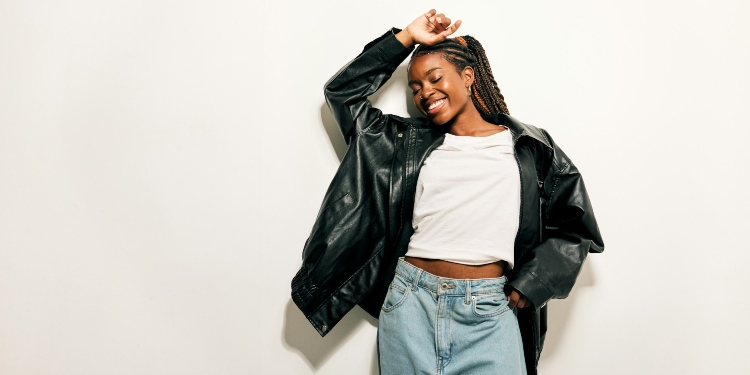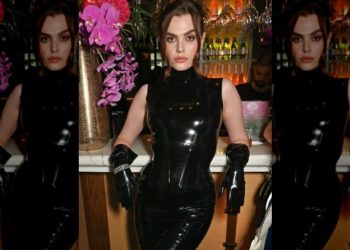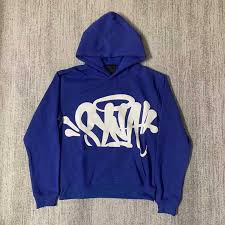The leather jacket, a timeless symbol of rebellion, sophistication, and ruggedness, has transcended decades to become a staple in fashion. From its origins in aviation to its place as a global fashion icon, the leather jacket has a rich history rooted in functionality and style. This article takes a closer look at how the leather jacket evolved from a military necessity to a fashion statement.Copy HTMLCopy text
The Origins of the Leather Jacket in Aviation
The history of the leather jacket dates back to the early 20th century, specifically to the First World War. In the harsh conditions faced by military aviators, there was a need for durable, warm outerwear that could withstand the cold temperatures experienced at high altitudes. Enter the flight jacket.
One of the most famous examples is the A-2 jacket, which became standard issue for U.S. Air Force pilots in 1931. Made of horsehide leather, it featured ribbed cuffs and a waistband to keep out the wind, along with a snap-down collar for added warmth. Another iconic flight jacket, the British RAF’s Irvin Flying Jacket, was made of sheepskin and lined with fleece to protect pilots from the bitter cold of the cockpit.
During World War II, leather flight jackets became emblematic of heroism and adventure, symbolizing the bravery of the men who wore them as they soared through the skies.
Hollywood’s Influence: The Rise of the Rebel
While the leather jacket’s initial purpose was purely functional, it didn’t take long for Hollywood to recognize its cinematic appeal. The transition from aviation to fashion began in the 1940s and 1950s when leather jackets started appearing in films.
One of the most iconic moments in leather jacket history came in 1953, with the release of The Wild One, starring Marlon Brando. His portrayal of Johnny Strabler, the rebellious leader of a biker gang, in a black leather motorcycle jacket ignited a cultural phenomenon. The jacket became synonymous with rebellion, youth, and counterculture.
Shortly after, James Dean solidified the leather jacket’s place in pop culture with Rebel Without a Cause (1955). Dean’s brooding character, coupled with his signature jacket, became the embodiment of teenage angst and nonconformity. Leather jackets were no longer just about functionality—they became a symbol of defiance and independence.
The Leather Jacket in Subcultures
Throughout the 1960s and 1970s, leather jackets found a home in various subcultures. The motorcycle jacket, in particular, became closely associated with the growing biker community, especially with brands like Schott NYC producing their iconic Perfecto jacket. This style featured an asymmetrical zip, epaulettes, and heavy-duty leather designed to protect riders from the elements and injury.
In the same period, the punk movement of the 1970s adopted the leather jacket as part of its uniform. Bands like The Ramones and Sex Pistols made leather jackets synonymous with punk rock, often customizing them with spikes, patches, and safety pins. The jacket represented a rejection of mainstream values and a DIY attitude, solidifying its place in counterculture.
The Leather Jacket as a Fashion Icon
By the 1980s and 1990s, the leather jacket had moved beyond subcultures and became a high-fashion item. Designers like Jean-Paul Gaultier, Gianni Versace, and Yves Saint Laurent incorporated leather jackets into their collections, blending the jacket’s rugged heritage with haute couture.
Movies like Top Gun (1986) once again brought the leather flight jacket to the forefront of pop culture, thanks to Tom Cruise’s portrayal of a daring fighter pilot. Fashion icons of the era, including Madonna and Michael Jackson, further elevated the leather jacket’s status, incorporating it into their wardrobes and stage performances.
Modern-Day Leather Jackets: A Staple for All
Today, the leather jacket is a wardrobe essential, worn by people from all walks of life. Whether it’s a sleek, tailored version for a night out or a distressed, vintage biker jacket for casual wear, the leather jacket remains a versatile and enduring fashion piece.
Designers continue to reinvent the leather jacket, using different cuts, colours, and textures to create fresh interpretations. From vegan leather to metallic finishes, the jacket has evolved to meet modern-day trends while still paying homage to its storied past.
Conclusion
The leather jacket’s journey from the cockpits of World War I fighter planes to the runways of Paris and the street of New York is a testament to its enduring appeal. What began as a utilitarian garment has grown into a symbol of rebellion, style, and individuality. No longer confined to specific subcultures, the leather jacket is now a global fashion icon, beloved for its versatility and timeless appeal.
As fashion continues to evolve, one thing is clear: the leather jacket will always remain a classic.
David Prior
David Prior is the editor of Today News, responsible for the overall editorial strategy. He is an NCTJ-qualified journalist with over 20 years’ experience, and is also editor of the award-winning hyperlocal news title Altrincham Today. His LinkedIn profile is here.













































































